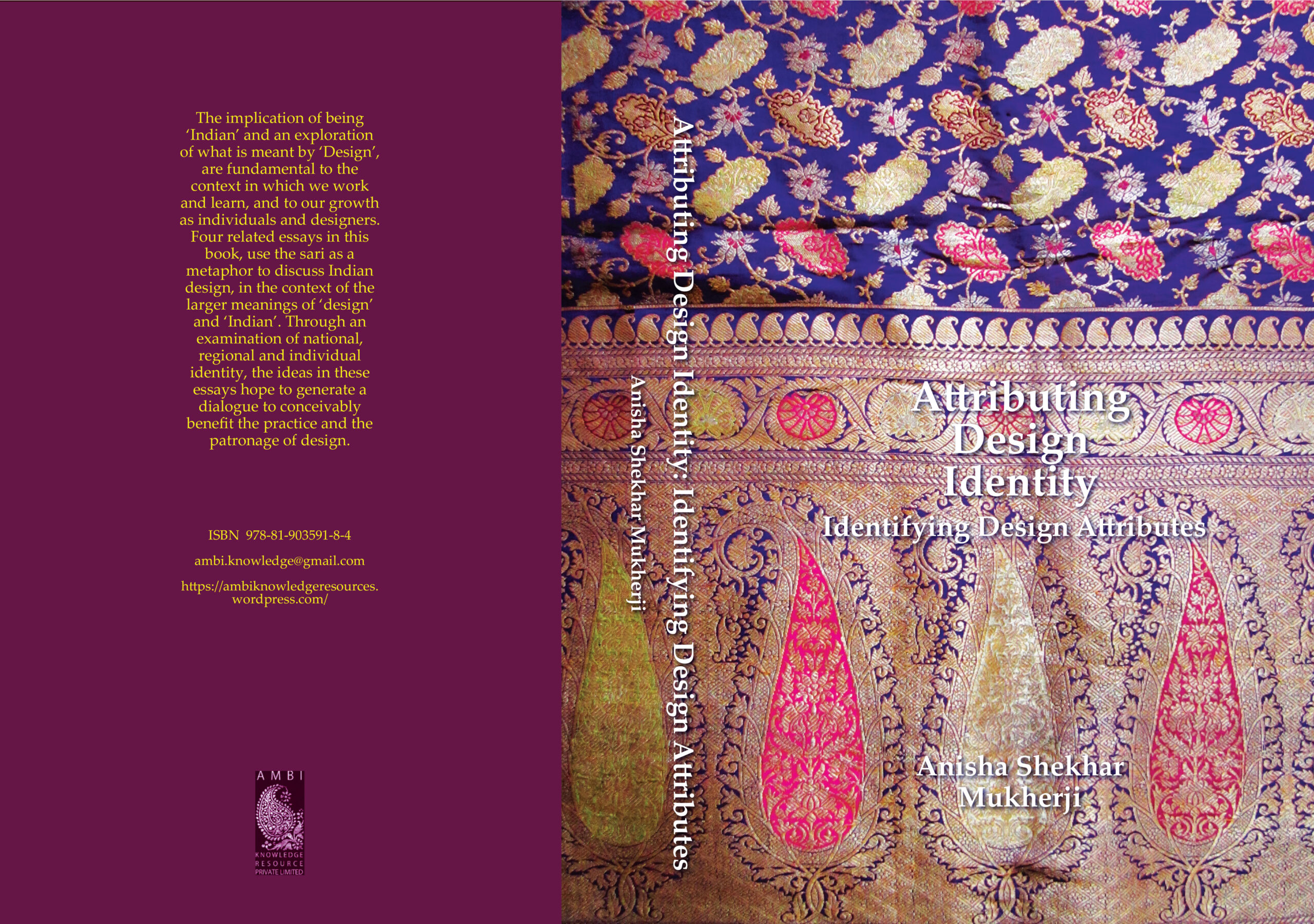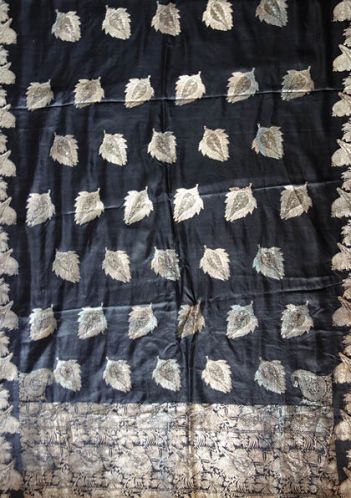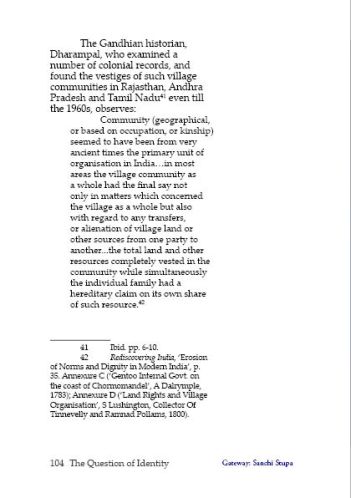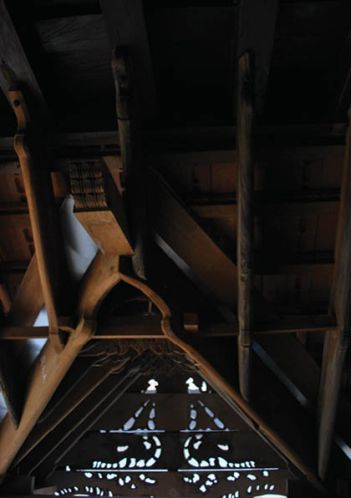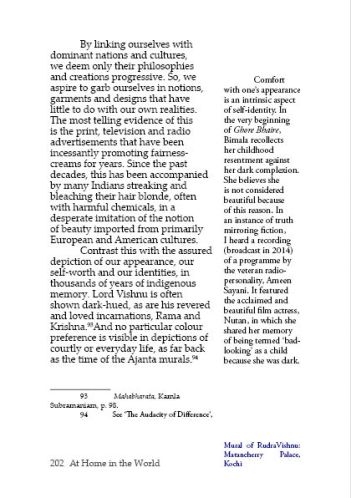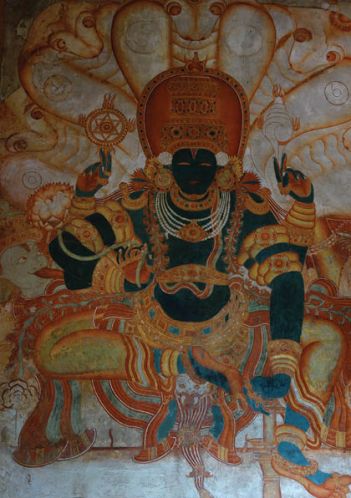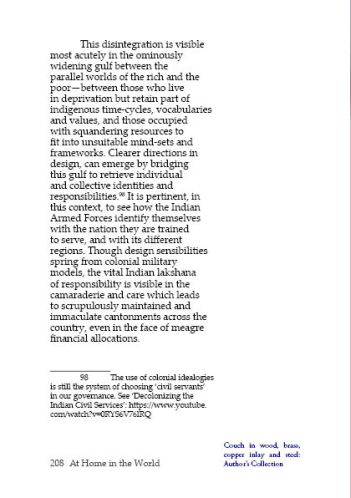The implication of being ‘Indian’ and an exploration of what is meant by ‘Design’, are both fundamental to the context in which we work and learn, and therefore to our growth as individuals and as designers. The four related essays in this book, using the sari as a metaphor, discuss Indian design, in the context of the larger meanings of ‘design’ and ‘Indian’. Through an understanding of national, regional and individual identity, the ideas in these essays hope to generate a dialogue that can conceivably benefit the practice and patronage of design.
Below is the link to a brief video explaining the structure and intent of the book.
The foreword to the book is by Dr Sudhir Lall, Officiating Head of the Kalakosa Division, and Project Director of the Vedic Heritage Portal and the Bharat Vidya Prayojana, IGNCA. It provides a succinct yet comprehensive overview to the background of the Indian quest for a creative and responsible life.
The book is composed as a hardback volume of a size of 210 x 148 mm. It contains 248 pages of text and illustrations on Matt Art Paper. We are doing a limited run of print-on-demand copies. The book is priced at Rs. 2100.
Dr Prabir K Das on the book: ‘It is a very good set of essays, a very different way of looking at Indianness in design keeping Sari as a baseline. The word “Lakshana” has been used as a common thread of all domains of Indian designs. It is true that we have grammar in every discipline of design, be it musical composition, Sari or a house, however, there was adequate freedom in the act of creation evident in every art form in India. Rules were guides and not commands leading to an enabling environment to wide variety of saris, buildings, artifacts, etc. in the true spirit of Tagore’s song “Seemar Majhe Ashim Tumi”.
I very much appreciate the following points discussed in the essays – Viewing the existing design-principles through the indigenous Indian lens makes the essay very relevant in today’s internet-based complex society with seamless communication.
– Keeping Lakshana in the focus is interesting. Lakshana acts both as guides and as tools; “The practice of design today should also display such lakshana in order to embody a distinctive Indian identity”.
– Stating that the legacy of craft is a tremendous economic asset and has a great scope to sustain our built environment mentally and ecologically has been clearly communicated. Proposition for ensuring better living and earning conditions of Indian silpakaars would ensure continuity of design amidst change.’
Some inside pages from the book:
For more details and ordering, visit THIS LINK.

